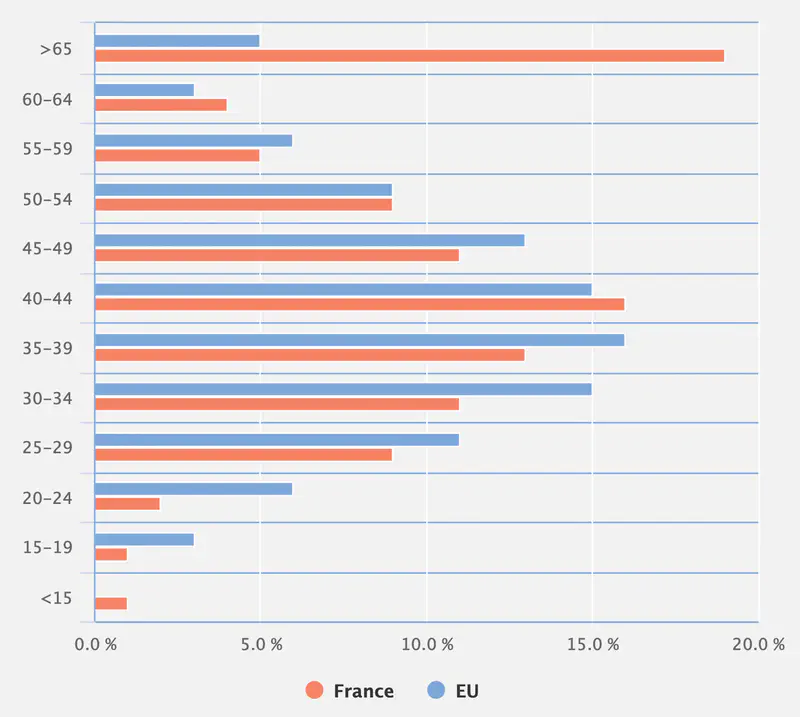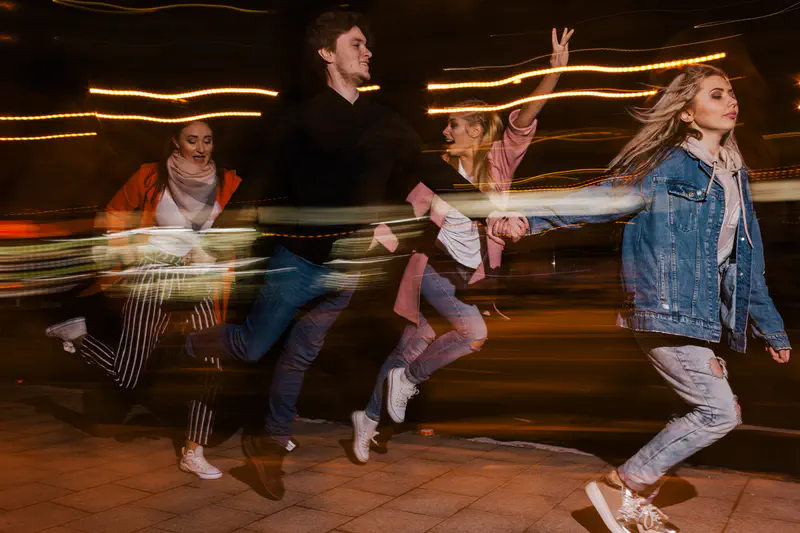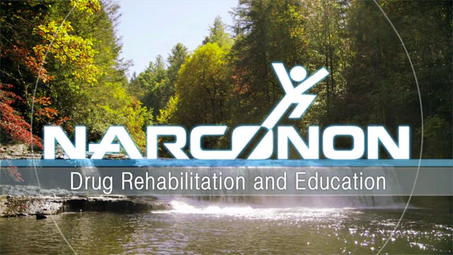Drug and Alcohol Abuse and Addiction in France

France is distinguishing itself at the moment as an alcohol-loving and cannabis-loving country. Most people who go to treatment for addiction to these or any drugs do not go to specialized centers with practitioners that focus on addiction recovery. They are treated by General Practitioners—their usual medical doctors who may prescribe medications, depending on which drug they are addicted to. This lack of specialized treatment may explain why so many people return for repeat rounds of treatment.
Cannabis
According to the EMCDDA, cannabis is by far the top drug sending the French to rehab.1 The vast majority of those going to rehab for cannabis are male—only one in six is female.
What is sad about the French rehab statistic is that out of more than 28,000 rehab admissions for cannabis in 2018, only 9800 of them were making their first efforts to get sober. That means more than 18,000 had already failed to stay sober after they went home.
A 2018 report on drug use in the country found that 11% of those between the ages of 18 and 64 have used cannabis in the past year, and 42% of this group has used cannabis at some point in their lives.2 More than 6% of this group uses the drug every month and 2.3% are risky users.
The French use cannabis at a rate more than three times that of other EU countries.3 It is notable that in the last couple of years, France has partially decriminalized the possession of cannabis. In 2020, the French government announced that it would test a system of fining those found with cannabis. A fine of €200 would be imposed, and it would be dropped to €150 if the fine was paid within two weeks.4
The EMCDDA notes that many arrivals in rehab for cannabis are the result of referrals from the criminal justice system.1
The seizure rates for different types of cannabis give us a clue as to how much of each form of the drug is being used in the country. More than three times as much more potent cannabis resin is seized in the country compared to herbal cannabis. This resin originates in Morocco and comes into France via Spain.
Opioids
The second most common drug for rehab admissions is opioids at 18% of admissions.1 About 8,700 people enter treatment to get help for heroin addiction each year, but less than a thousand are there the first time. That gives you an index to how successful this treatment is.
Stimulants
While the use of other drugs is stable or even declining, the use of stimulants like cocaine and amphetamine have risen sharply in the last few years.1
About 3% of young French adults use cocaine, which puts France in fourth place after the UK, the Netherlands and Denmark. Slightly more than 1% use the stimulant MDMA and less than 1% use amphetamine, both fairly low rates compared to other EU countries. If the rates of use keep growing, France could move up in these rankings.1
An Odd Age Distribution in Overdose Deaths
In 2015, the most recent year for which information is available, the statistic for accidental drug death showed a surprising and unusual trend in France. This chart compares the age ranges for drug deaths to the EU average. The number of people over 65 who are dying from drug-induced deaths is nearly four times the EU average.
It’s also notable—and tragic—that France has a small number of under-15 drug-related deaths.

Courtesy of the European Monitoring Centre for Drugs and Drug Addiction
Alcohol Use by Adults
In a country known for production of fine wines, perhaps it is not surprising that a high number of French adults drink more than they should. A government-led survey found that more than a third of the men under 35 who were surveyed were drinking at levels considered risky.5 That means that they were drinking enough to harm their health, their relationships or work. A certain number of these people could be defined as addicted to alcohol.
Women had a rate less than half as high.
One study of alcohol consumption in France found that “the heaviest-drinking 20 percent of the population drink about 50 percent of all alcohol.” 6 The greatest increase in risky drinking was found among young people and women.
In 2019, the French government launched a program to advise people to only drink a maximum of two glasses of wine per day.7 The first of this type of program was initiated in the 1950s. At that time, the French were advised to drink no more than a litre of wine per meal.
Drugs and Accidents
In 2018, a report was published analyzing which drugs were found in the blood of drivers who had been killed in traffic.8 This analysis compared the results of hundreds of drivers under the age of 30 who died in 2003-2004 with those who died in 2000-2001.
The results showed a remarkable increase in the presence of THC from cannabis, amphetamine and cocaine.
- THC: 28.9% of 2003 drivers had traces of THC in their blood versus 16.9% of 2000 drivers.
- Cocaine: Metabolites from cocaine went from .2% of drivers in 2000 to 3.0% in 2003.
- Traces of amphetamines more than doubled from 1.4% to 3.1% of 2003 drivers who died.
While this analysis goes back several years, it is consistent with the current high levels of cannabis use seen in France. It also suggests that THC may be influential in creating a significant number of fatalities due to traffic accidents.
Alcohol and Drug Use by Teens

Every four years, the ESPAD survey is executed on tens of thousands of students across the EU. ESPAD is an abbreviation for European School Survey Project on Alcohol and Other Drugs and it collects information from 15- and 16-year-old students.
In the most recent survey, French students reported alcohol use higher than the EU average.1 More than 50% of those surveyed had drunk alcohol in the prior 30 days. The lifetime use of alcohol among these students runs perilously close to 100% in every survey. There has been a slight dip in this number in the last several years.
These French students use cannabis at a rate nearly twice that of the average country included in the ESPAD survey. So perhaps it is not surprising that cannabis is by far the top drug sending people to rehab.
Treatment
Alcohol treatment is often based on psychotherapy, changing a person’s environment or their social circle, or prescribing medication. Of those receiving any of the three most popular medications for alcoholism, only a third remain free of alcohol a year after treatment and between 10% and 20% are still sober after four years.
Opioid treatment often consists of opioid substitution treatment (OST)—which means treating these patients with methadone or buprenorphine.2 In 2019, the EMCDDA estimated that 179,000 people were in this type of treatment program. About six out of ten of those in OST programs are receiving buprenorphine, with the remainder receiving methadone.1
Most of the people receiving OST have these medications prescribed by a general practitioner rather than being in a specialized rehab program. It is quite possible that GPs are not able to provide the other services that would enable these people to finally leave these substitute drugs behind, such as life skills training and counseling.
It’s not just patients receiving OST that are being treated by GPs. It’s also the majority of those being treated for any type of drug addiction. With the low rate of success of addiction treatment as evidenced by the high number of repeat visits noted earlier, it is easy to wonder if it’s a good idea to leave drug treatment in the hands of GPs, no matter how well-meaning they might be.
Sources:
-
European Monitoring Cenre for Drugs and Addiction (2019), “France—Country Drug Report 2019.” EMCDDA France Drug Report (PDF) ↩︎ ↩︎ ↩︎ ↩︎ ↩︎ ↩︎ ↩︎
-
l’Observatoire français des drogues et des toxicomanies (French Monitoring Centre for Drugs and Drug Addiction) (2018) “National annual report on drug issues—Section on Treatment”French Monitoring Center for Drugs and Drug Addiction 2018 Annual Report ↩︎ ↩︎
-
United Nations Office on Drugs and Crime (2019), “Annual prevalence of drug use (latest year available) relative to the 2019 global estimate.” UNODC Report-France, Drug demand ↩︎
-
FRANCE 24 with AFP, REUTERS (2020), “France to fight cannabis use with €200 on-the-spot fines.” “France 24” News Article ↩︎
-
“The Local—fr” (2018), “Young French people’s ‘risky’ thirst for alcohol revealed in new study.” “The Local—fr” News Article ↩︎
-
“The Local—fr” (2015), “French are among world’s heaviest drinkers.” “The Local-fr” New Article ↩︎
-
Louise Nordstrom, FRANCE 24 (2019), “‘Quoi, just two glasses?’ French urged to cut down on their drinking.” “France 24” News Article ↩︎
-
Mura P, et al. Use of drugs of abuse in less than 30-year-old drivers killed in a road crash in France: a spectacular increase for cannabis, cocaine and amphetamines. Forensic Sci Int. 2006 Jul 13;160(2-3):168-72. doi: 10.1016/j.forsciint.2005.09.006. Epub 2005 Oct 17. NIH Study ↩︎

